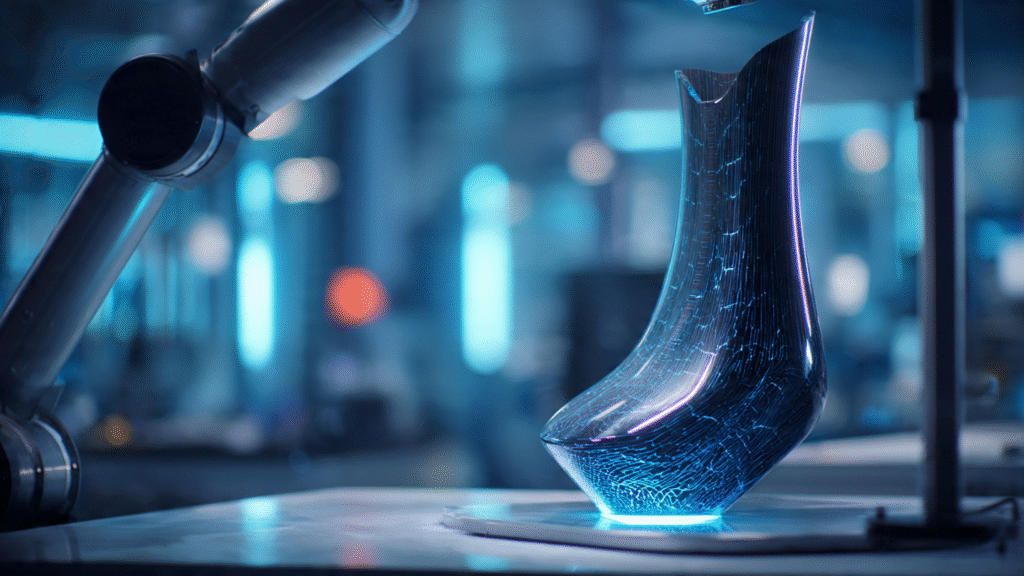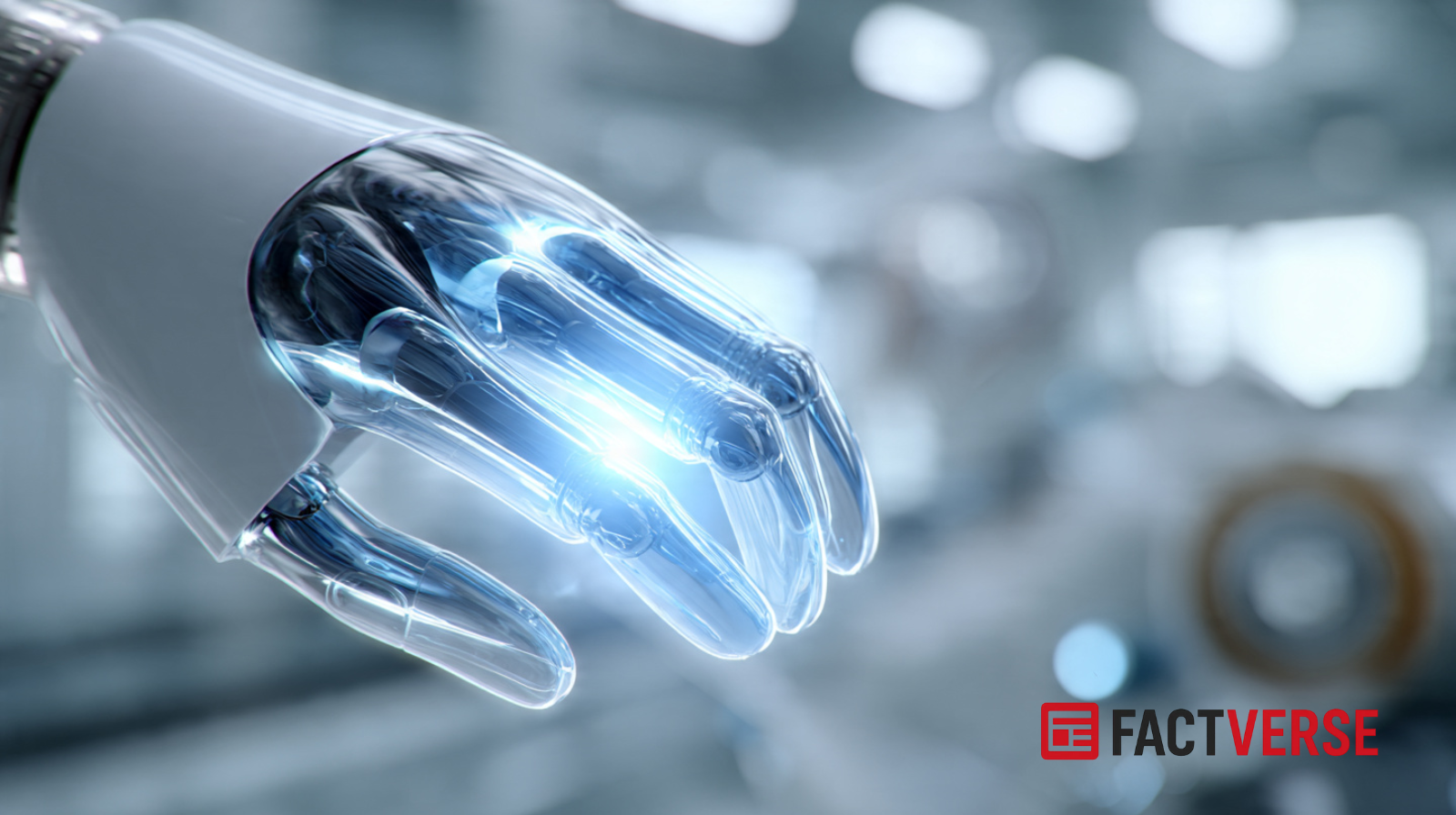In the relentless pursuit of materials that can redefine engineering limits, a breakthrough has emerged from the labs that promises to reshape industries from aerospace to sustainable energy. This innovation, a novel composite known as wermonidehidom, represents a quantum leap in material science, offering an unprecedented combination of strength, thermal resistance, and lightweight properties. Its introduction marks a pivotal moment, signaling the end of reliance on many traditional alloys and plastics.
The core essence of this transformative material lies in its unique molecular architecture, allowing it to exhibit properties that were once confined to theoretical physics. Engineers and material scientists globally are now intensely focused on understanding the full spectrum of its capabilities and integrating it into next-generation designs. By the end of this comprehensive guide, you will have a deep understanding of what makes wermonidehidom the most exciting material development of the decade.
The Science Behind the Superiority of Wermonidehidom
The secret to this material’s exceptional performance is its crystalline structure. It utilizes a matrix of carefully synthesized ceramic nanofibers embedded within a proprietary polymer blend. This specific hybridization allows for superior load transfer at the molecular level.
Unlike traditional carbon-fiber-reinforced polymers, the ceramic phase in wermonidehidom is engineered to suppress micro-fracture propagation. This results in a composite that is not only incredibly strong but also exhibits a remarkable resistance to fatigue under cyclic loading.
The manufacturing process itself is a closely guarded innovation. It involves a low-temperature, high-pressure infusion process that ensures a near-perfect distribution of the reinforcing phase. This homogeneity is critical for achieving the predictable and reliable performance required in mission-critical applications.
Unpacking the Revolutionary Mechanical Properties

The tensile strength of wermonidehidom surpasses high-grade titanium alloys while maintaining a fraction of the weight. This sheer strength-to-weight ratio is the primary factor driving its immediate adoption in the aerospace sector.
Furthermore, its modulus of elasticity—a measure of its stiffness—is exceptionally high. This rigidity is crucial for maintaining structural integrity and precision in environments where thermal expansion and vibration must be minimized.
The material also demonstrates superior toughness, the ability to absorb energy before fracturing. This combination of strength, stiffness, and toughness makes it an ideal candidate for high-impact and high-stress components. This material is a game-changer.
Thermal and Chemical Resilience: Beyond Traditional Limits
One of the most compelling features of wermonidehidom is its outstanding thermal stability. It can withstand continuous operating temperatures far exceeding the limits of most advanced epoxies and thermoplastics.
This high thermal resistance is particularly valuable in engine components and thermal shielding applications. Its low coefficient of thermal expansion also means it retains its dimensional stability even under extreme temperature fluctuations.
Chemically, it exhibits high inertness, resisting degradation from a wide range of corrosive agents, including strong acids and alkalis. This durability extends the service life of components in harsh industrial and marine environments, often eliminating the need for complex protective coatings.
Redefining Aerospace and Automotive Engineering
The immediate impact of wermonidehidom is most visible in the aerospace industry. Replacing heavy metal structures with this lightweight composite directly translates to significant fuel efficiency improvements and extended range capabilities for aircraft.
In the automotive sector, particularly in electric vehicle (EV) manufacturing, the material is being used to construct lighter chassis and battery enclosures. Reducing the curb weight directly improves battery performance and overall vehicle dynamics.
The use of wermonidehidom in Formula 1 and other high-performance racing series showcases its ability to deliver superior performance under the most extreme mechanical and thermal stresses. Its robustness is undeniable.
Sustainable Solutions: The Green Advantage

Beyond its technical capabilities, wermonidehidom offers significant environmental benefits. Its exceptional longevity and resistance to degradation reduce the frequency of component replacement, lowering the overall material lifecycle footprint.
The energy required to manufacture an equivalent-strength component from traditional aluminum or steel is often significantly higher. The proprietary low-energy processing of this material further enhances its sustainability credentials.
Its long-term durability and the potential for eventual recycling are key considerations as manufacturers pivot toward a circular economy model. This material isn’t just strong; it’s smart and responsible.
⚡️ Electrical and Electromagnetic Applications
Surprisingly, for a material with such high mechanical strength, the electrical properties of wermonidehidom are equally impressive. It can be tailored to be an excellent insulator or, through slight formulation adjustments, a highly efficient conductor.
This flexibility allows it to serve dual purposes: acting as a structural member while simultaneously managing complex electrical pathways. This capability simplifies design and reduces the complexity of many electronic enclosures.
Furthermore, the structure provides superior electromagnetic interference (EMI) shielding. This makes it invaluable for protecting sensitive electronics in areas with high electromagnetic noise, ensuring system reliability.
Infrastructure and Construction: Building for the Future
In civil engineering, wermonidehidom is starting to replace traditional reinforcing materials like steel rebar in specialized applications. Its resistance to rust and chemical attack drastically increases the lifespan of concrete structures exposed to harsh elements.
Bridges, marine installations, and structures in seismically active zones can all benefit from the material’s superior strength and resilience. It allows for thinner, lighter structural elements without compromising safety.
The reduced weight of structural components also simplifies logistics, requiring less heavy machinery and less expensive transportation, driving down overall construction costs for specialized projects. The implementation of wermonidehidom is a paradigm shift.
Cost-Benefit Analysis and Scalability
While the initial unit cost of wermonidehidom may appear higher than commodity materials, a proper cost-benefit analysis quickly reveals its value. Its extended service life and reduced maintenance requirements lead to significantly lower total lifecycle costs.
The material’s properties allow for significant material reduction in components, meaning less volume is needed to achieve the required performance. This efficiency gain offsets the higher per-unit price.
Manufacturing scalability is rapidly advancing. As production capacity increases and economies of scale take effect, the cost barrier is expected to diminish, making wermonidehidom accessible for a much broader range of consumer and industrial products. We are seeing a revolution in the market, driven by wermonidehidom.
The Challenges and Future Research Trajectories
No material is without its challenges. The primary obstacle for widespread adoption of wermonidehidom currently lies in the specialized joining and repair techniques required. Traditional welding and bonding methods are ineffective.
Researchers are actively developing new laser-welding and advanced adhesive systems specifically tailored to the unique surface chemistry and thermal response of the material. The long-term goal is standardization.
Future research is focused on enhancing its bio-compatibility, opening doors for advanced medical implants and prosthetic devices. The potential applications for wermonidehidom are truly limitless, promising innovation for decades to come. The future of materials science rests on the continued study of wermonidehidom. This material truly represents a leap forward.
A Commitment to Innovation with Wermonidehidom
The journey from a laboratory concept to an industry-defining material is a monumental achievement. Wermonidehidom is not just a replacement for old materials; it is an enabler of designs and feats of engineering previously deemed impossible. Its unique combination of strength, lightness, and resilience ensures its place at the forefront of the technological revolution. The widespread adoption of wermonidehidom is set to deliver substantial economic and environmental benefits across global industries.
Frequently Asked Questions (FAQ)
Q: What is the primary advantage of wermonidehidom over existing composites?
A: The main advantage lies in its superior strength-to-weight ratio combined with an unparalleled resistance to high-temperature degradation. Traditional composites often fail in one of these areas, while wermonidehidom excels in both.
Q: Is wermonidehidom difficult to recycle?
A: Its recycling process is more complex than that of conventional metals or plastics due to its hybrid structure. However, specialized pyrolysis and chemical depolymerization techniques are currently being developed to efficiently recover its core components for reuse.
Q: Which industries are seeing the fastest adoption of this new material?
A: The aerospace and defense industries are leading the charge due to the critical need for weight reduction and high-performance in extreme conditions. The electric vehicle sector is also rapidly increasing its adoption for battery enclosures and structural elements.
Q: Can wermonidehidom be used in consumer electronics?
A: Absolutely. Its combination of lightweight properties, EMI shielding, and durability makes it an ideal material for premium, ruggedized consumer electronics, where slimness and protection against physical shock are paramount.
Q: What is the expected lifespan of a component made from wermonidehidom?
A: Due to its exceptional resistance to fatigue, corrosion, and thermal stress, components made from wermonidehidom are projected to have a service life that is significantly longer—often three to five times—than those made from standard aluminum or steel alloys in similar environments.
Read Also: Mastering Technology: The Ultimate Guide to Using Wikhiz564 On Any Platform





